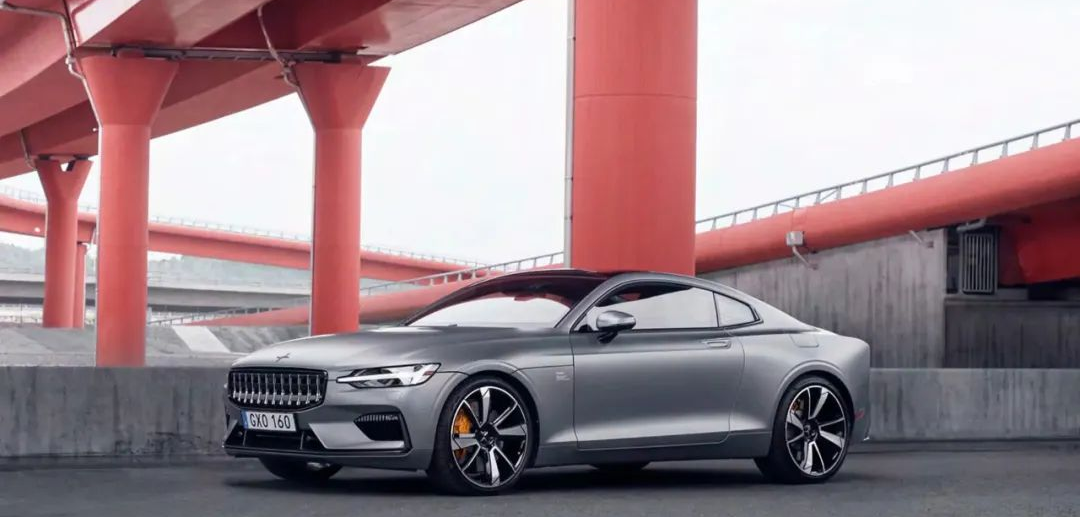Writing | Li Ka-shing
Editing | Leng Zelin
According to statistics, Polestar’s global sales in 2021 reached 29,000 units, but the official figures for China have not been released, only stating that its sales achieved a year-on-year increase of 471%.
Based on Polestar’s sales of 365 units in China in 2020, it can be estimated that the sales volume in China in 2021 was only about 2,000 units. It is easy to see that Polestar’s presence in China is very low.
Aiming at Porsche, But with a Vague Positioning
In October last year, Polestar stated in the announcement of the acquisition of Gores Guggenheim and the merger listing that, in addition to the previously launched Polestar 1, the subsequent Polestar 3, 4, and 5 will regard Porsche’s Cayenne, Macan, and Panamera as competitors.
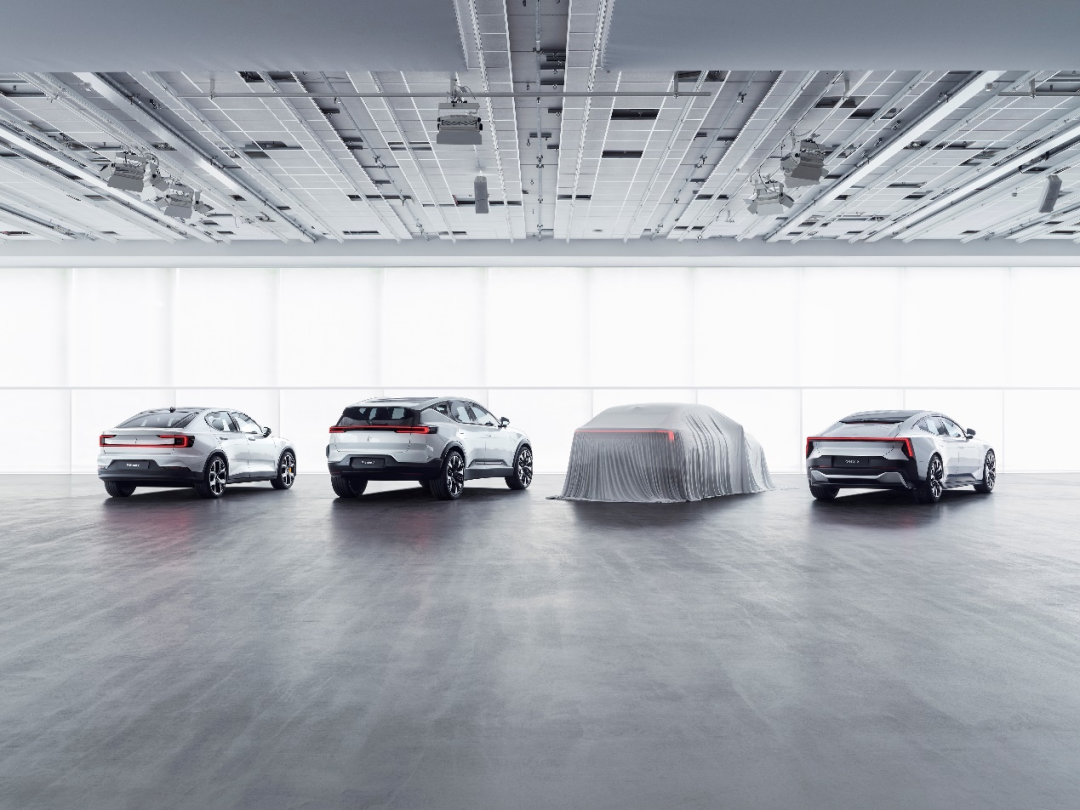
Polestar’s strategy is similar to that of Tesla, NIO, and other automakers, which released a higher-priced benchmark model first, such as Tesla’s Model S in the early days. Then, it launched volume models such as Model 3/Y, which aimed to establish a high-end image in buyers’ minds and secure a more stable market foundation for subsequent new models.
The purpose of the Polestar 1 launched in 2018 was also the same, but the outcome was entirely different from that of Tesla. It can be proved by Polestar’s sales volume in China that Polestar 1 has not completed its mission.
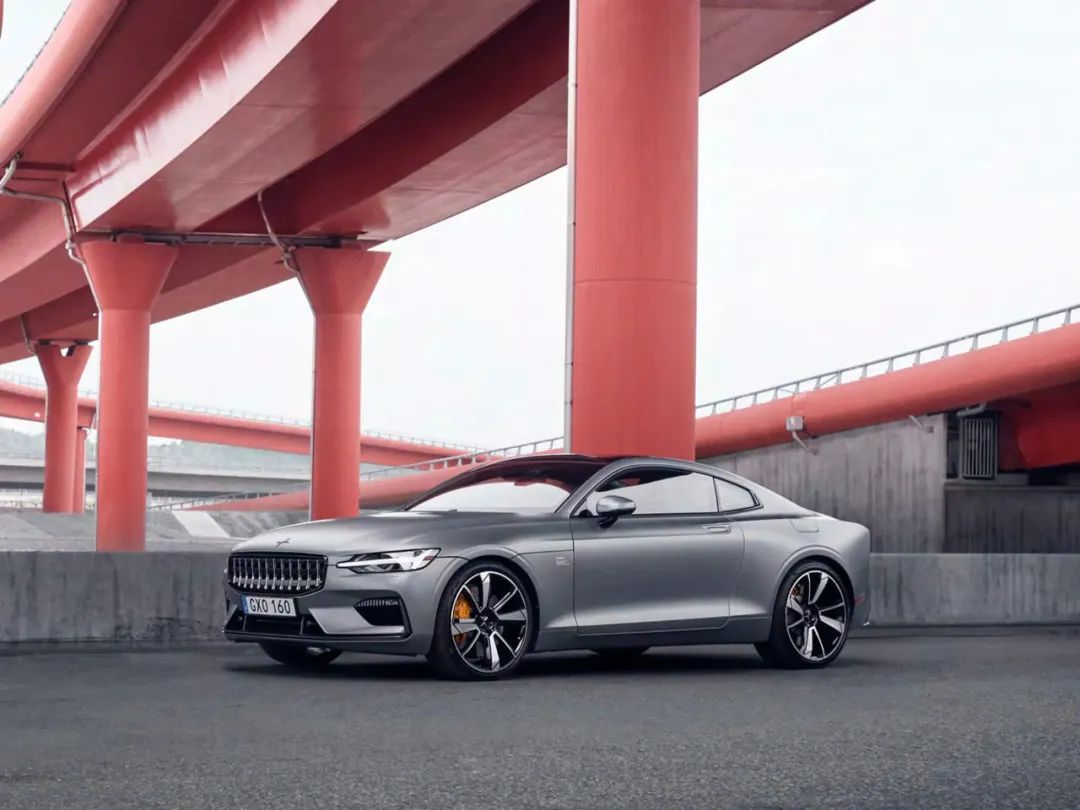
First of all, regarding the model itself, the positioning of the Polestar 1 is a sports car. It should be noted that the consumer base of sports cars in China is not as popular as that of SUV models. Additionally, the high price of 1.45 million yuan weakened its customer base.
In contrast, as a mid-sized car, the starting price of the Model S 60, which was the earliest model to hit the Chinese market, was only 640,000 yuan.
Secondly, when buying a car, Chinese consumers judge its worth based on the size of the car. For example, as for Tesla Model S, even though its body size is not outstanding in the same level, it still measures 4970/1964/1445mm.
At that time, compared to the size of the Polestar’s body, which is 4586/2023/1352mm, Tesla Model S appeared to be more “face-saving” to Chinese consumers, while also benefiting from the name of Elon Musk, a technological guru; Tesla was better suited to the early domestic new energy vehicle market.In terms of promotion policy for their new vehicles, Polestar seems to lack understanding of China’s “human relations”. In 2017, NIO invested heavily in developing the EP9, which was also used as a benchmark like Polestar’s vehicle. However, NIO’s promotion of the EP9 was very heartfelt.
On October 12, 2016, before the new car was released, the automaker tested it on the northern loop of the Nurburgring racetrack in Germany. The EP9 set the fastest lap time for an electric car at 7 minutes and 5 seconds, and on November 4, it set a new record of 1 minute and 52 seconds for the fastest lap time for an electric car on the Paul Ricard track in France.
After the new car was released, it was delivered to Li Bin, the founder of Yiche, Li Xiang, the founder of Autohome, Pony Ma, the founder of Tencent, Liu Qiangdong, the founder of JD, Zhang Lei, the founder of Hillhouse Capital, and Lei Jun, CEO of Shunwei Capital, all of whom are influential figures in various industries.
On the other hand, Polestar did not have a founder like Musk who was very dedicated to promotion, nor did they have enough voice in promotion. They only put a sentence, “Unconquered Mars”, on their minimalist ad, which only made Musk smile slightly.
The Polestar 2, which was supposed to come to the domestic market to boost sales, was impacted by the lack of a benchmark image set by the Polestar 1 and did not have a brilliant performance. It is almost in a completely different class from its benchmark product, the Model 3.
At the same time, it made the same mistake as the previous generation, being extremely “confident” in its own product. XPeng P5, another compact new energy sedan, has a starting price of only 177,900 yuan, while the starting price of the Polestar 2 has reached 257,800 yuan, which is close to the mid-to-large-sized vehicle Polestar K01 under the Geely brand.
Although Polestar and Polestar K01 have the same “father”, they have different destinies. Polestar is more like “Geely’s adopted son”.
As a luxury brand, Polestar’s problems may not only lie in product strength, but also in brand influence.
Polestar: Blossoming within the wall, but less known outside
On June 7, 2022, two years after the launch of the Polestar 2, Polestar officially announced their first SUV model, the Polestar 3, which will have its global debut in October 2022 and is expected to begin production simultaneously in factories in China and the United States in early 2023.
The Polestar CEO claimed: “Polestar 3 will redefine the sportiness of SUVs and once again prove our unwavering pursuit of high performance.”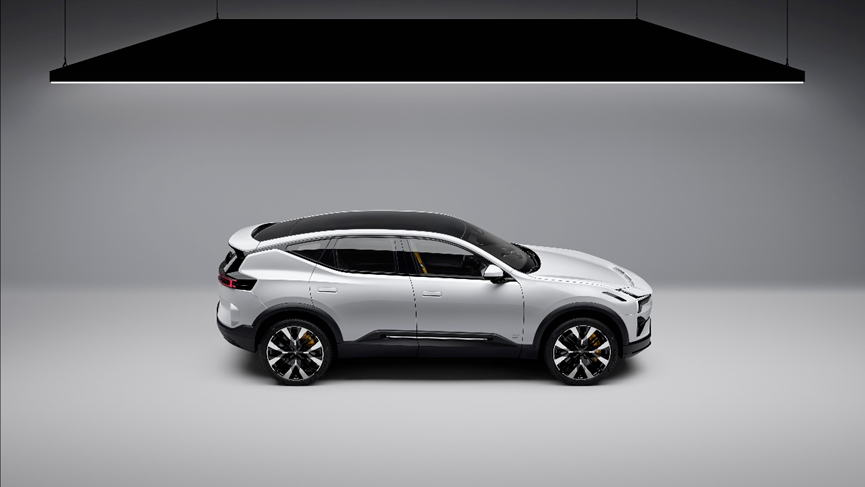
That is why Polestar has never given up on high performance since its inception.
In terms of sales, half of Polestar’s global sales in 2021 came from the European market, while China, as the world’s largest market, accounted for only one-tenth of Polestar’s global sales.
Born in Europe, Polestar has accumulated some market foundation and brand influence based on the achievements of its big brother Volvo, who has been in Europe for more than 30 years.
The concept of “high performance” also originated from European car companies, and Polestar is no exception. From its brand concept of “Pure, Progressive, and Performance,” it can be seen that Polestar pays more attention to the needs of European consumers.
In terms of vehicle design, Polestar has always maintained a minimalist Nordic style.
As an imported style, minimalist design is very popular in small household appliances, but most Chinese consumers still hesitate when it comes to large household products. For Chinese consumers, range, services, intelligence, and personalization seem to be more important, and Polestar does not seem to have an advantage in these areas.
On the other hand, Polestar’s focus is still on the European market. While entering Spain, Portugal, and Ireland, it will also enter the Middle Eastern markets of the UAE, Kuwait, and Israel, showing that it does not seem to care about the Chinese market.
However, the rise of domestic new forces and the change in Chinese consumers’ concepts are further pushing Polestar to the edge of the Chinese electric vehicle market.
Nevertheless, Polestar still has its own significance, and it has played a good reference role for Chinese car companies’ overseas business.
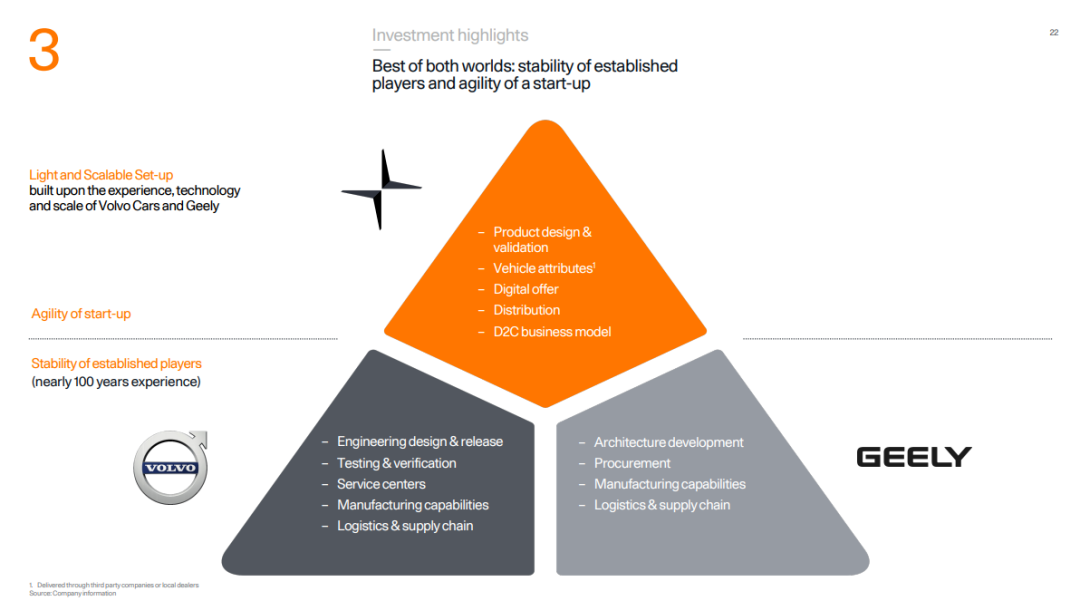
This article is a translation by ChatGPT of a Chinese report from 42HOW. If you have any questions about it, please email bd@42how.com.
